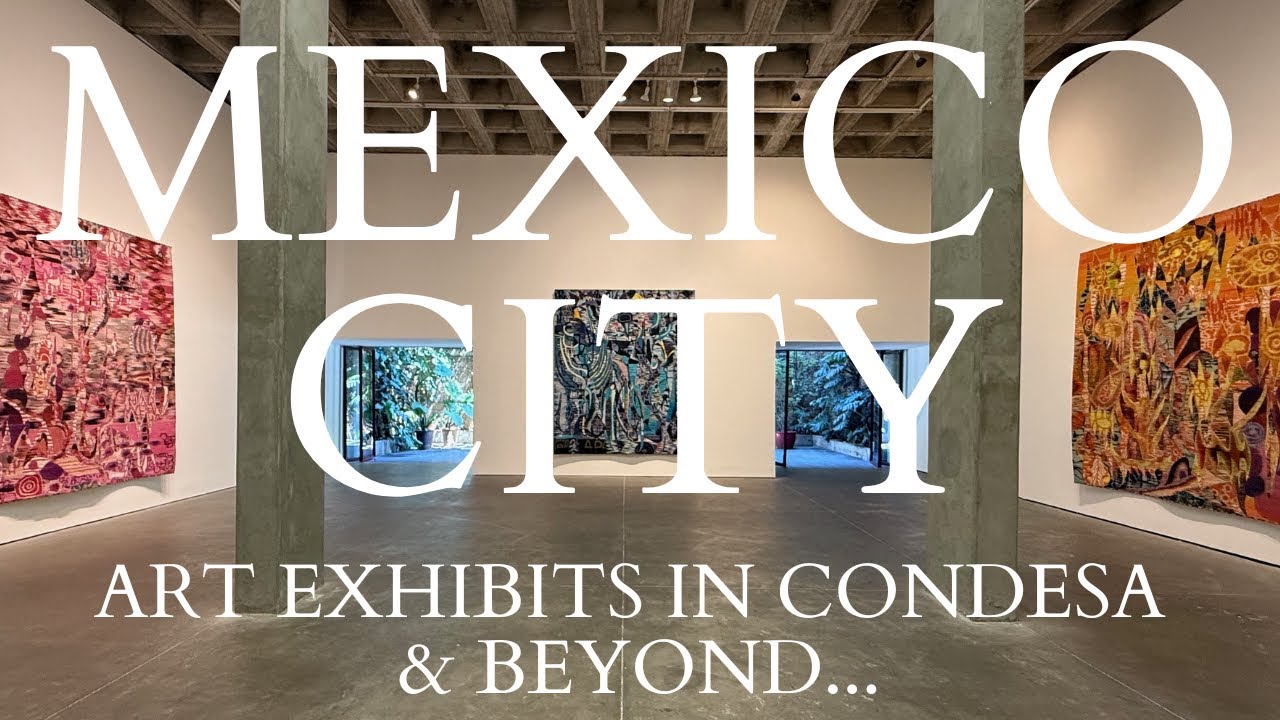Living in a condominium or apartment complex in Mexico City (Ciudad de México or CDMX) comes with a host of responsibilities and guidelines designed to ensure harmonious coexistence among residents. At the heart of these rules are the Homeowners Association (HOA) regulations, locally known as “Reglamento de Condóminos”. This comprehensive guide will help you understand what you need to know about HOA regulations in CDMX, including your rights, responsibilities, and obligations as a homeowner or tenant in a condominium.
Understanding the Basics: What Are HOA Regulations in Mexico City?
In Mexico City, HOA regulations (Reglamentos de Condominio) are formal documents outlining the rules, responsibilities, and obligations of property owners, tenants, and administrators within a condominium or housing complex. These regulations are designed to ensure peaceful coexistence, maintain property values, and clearly define the rights and responsibilities of all parties involved.
HOA regulations in CDMX cover various aspects of daily life, including property maintenance, common areas usage, noise control, pet policies, security measures, financial responsibilities, and dispute resolution mechanisms. As a property owner or tenant, understanding these rules thoroughly is essential to avoid conflicts and ensure harmonious community living.
Legal Framework Governing HOA Regulations in CDMX
When learning about HOA regulations in Mexico City, it is essential to understand the legal framework that governs these rules. In CDMX, condominium regulations are primarily governed by the following legal instruments:
- Civil Code of Mexico City (Código Civil para la Ciudad de México)
- Law of Condominium Property for the Federal District (Ley de Propiedad en Condominio de Inmuebles para el Distrito Federal)
- Internal Condominium Regulations (Reglamento Interno del Condominio), specific to each condominium complex.
These documents provide the foundation for establishing and enforcing condominium rules, ensuring that all regulations adhere to local laws and protect the rights of homeowners and tenants alike.
What You Need to Know About the Creation and Approval of HOA Regulations in CDMX
The process of creating and approving HOA regulations in CDMX involves several essential steps, including:
Initial Drafting and Consultation
The initial drafting of the condominium regulations typically involves the developer or builder, legal advisors, and sometimes the first homeowners who move into the condominium. During this stage, the draft regulations must comply with local laws and address specific needs and characteristics of the property and community.
Approval by Homeowners Assembly
For HOA regulations to become official and enforceable, they must be approved by the Homeowners Assembly (Asamblea General de Condóminos). This assembly is the primary decision-making body in a condominium and consists of all property owners. The regulations are discussed, modified if necessary, and approved through a democratic voting process.
Registration with Local Authorities
After approval by the Homeowners Assembly, the regulations must be formally registered with local authorities, usually at the Public Property Registry (Registro Público de la Propiedad). This registration ensures that regulations are legally binding and enforceable in case of disputes or non-compliance.
Key Elements of HOA Regulations in Mexico City
When reviewing HOA regulations in CDMX, homeowners and tenants should pay particular attention to several key elements, including:
Common Areas Usage
Common areas, such as gardens, pools, gyms, hallways, parking areas, and rooftops, are subject to specific usage rules. Regulations will typically outline:
- Hours of operation and noise limitations
- Reservation procedures for shared amenities
- Restrictions on modifications or alterations
Property Maintenance and Repairs
HOA regulations clearly define the responsibilities of individual homeowners regarding maintenance, repairs, and improvements. Typically, homeowners are responsible for maintaining their private units, while the HOA manages common areas. Regulations will outline specific guidelines on:
- Routine maintenance responsibilities
- Procedures for reporting issues and requesting repairs
- Financial obligations related to property maintenance
Financial Contributions and Fees
Understanding your financial obligations is crucial. Regulations will define:
- Monthly maintenance fees (cuotas de mantenimiento)
- Extraordinary fees for special projects or unexpected expenses
- Penalties for late or non-payment
Noise and Disturbance Rules
Noise and disturbances are common sources of conflict in condominiums. HOA regulations usually include:
- Quiet hours (usually late evening to early morning)
- Rules regarding parties and social gatherings
- Procedures for addressing noise complaints
Pet Policies
Pet policies are another critical aspect of HOA regulations in CDMX, addressing:
- Allowed types and numbers of pets
- Areas where pets are permitted or restricted
- Owner responsibilities regarding pet behavior and cleanliness
Rights and Responsibilities of Homeowners Under HOA Regulations in CDMX
Understanding your rights and responsibilities is critical when living in a condominium. Here is what you need to know:
Homeowner Rights
- Right to participate in HOA meetings and decision-making processes
- Right to access financial records and information related to condominium management
- Right to peaceful enjoyment of your property
Homeowner Responsibilities
- Compliance with HOA regulations and decisions
- Timely payment of fees and contributions
- Respecting community norms and promoting harmonious coexistence
Enforcement of HOA Regulations and Dispute Resolution in CDMX
Non-compliance with HOA regulations can lead to conflicts. Understanding the enforcement mechanisms and dispute resolution processes is crucial:
Enforcement Mechanisms
HOA administrators and committees are responsible for enforcing regulations through:
- Written warnings or notices
- Imposition of fines and penalties
- Legal action in severe cases of non-compliance
Dispute Resolution Procedures
When disputes arise, the HOA typically follows a structured process:
- Mediation and dialogue among involved parties
- Formal arbitration or intervention by the HOA administration
- Legal action through local courts if necessary
Conclusion: The Importance of Knowing HOA Regulations in CDMX
Understanding HOA regulations in Mexico City is essential for maintaining a peaceful community environment, protecting your investment, and avoiding conflicts with neighbors. By familiarizing yourself with your rights and responsibilities, you can contribute positively to your community, enhance your living experience, and ensure compliance with local laws and condominium guidelines.
Whether you are a new homeowner, tenant, or considering purchasing property in CDMX, take the time to thoroughly review and understand your condominium’s HOA regulations. Knowledge is key to successful condominium living in Mexico City.



